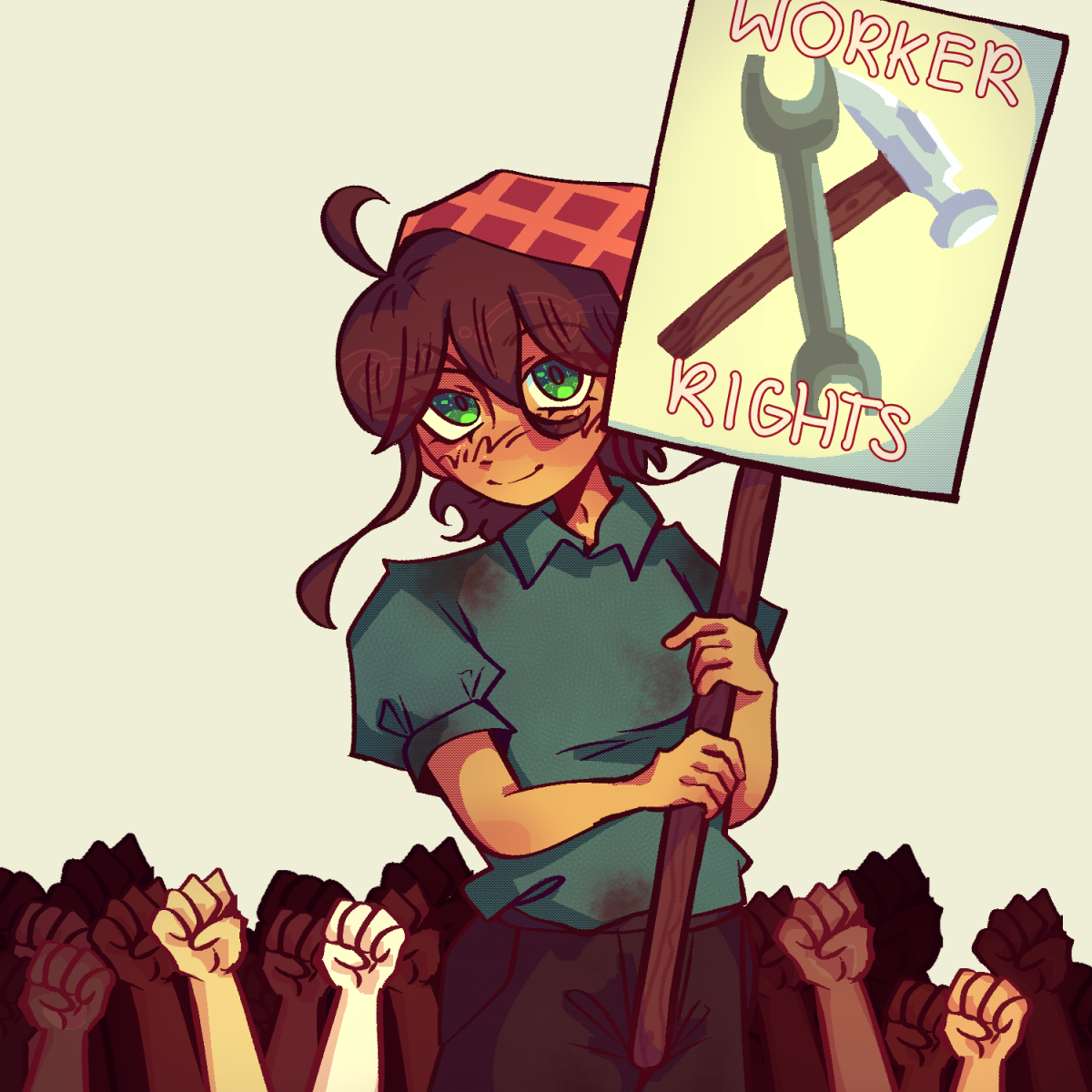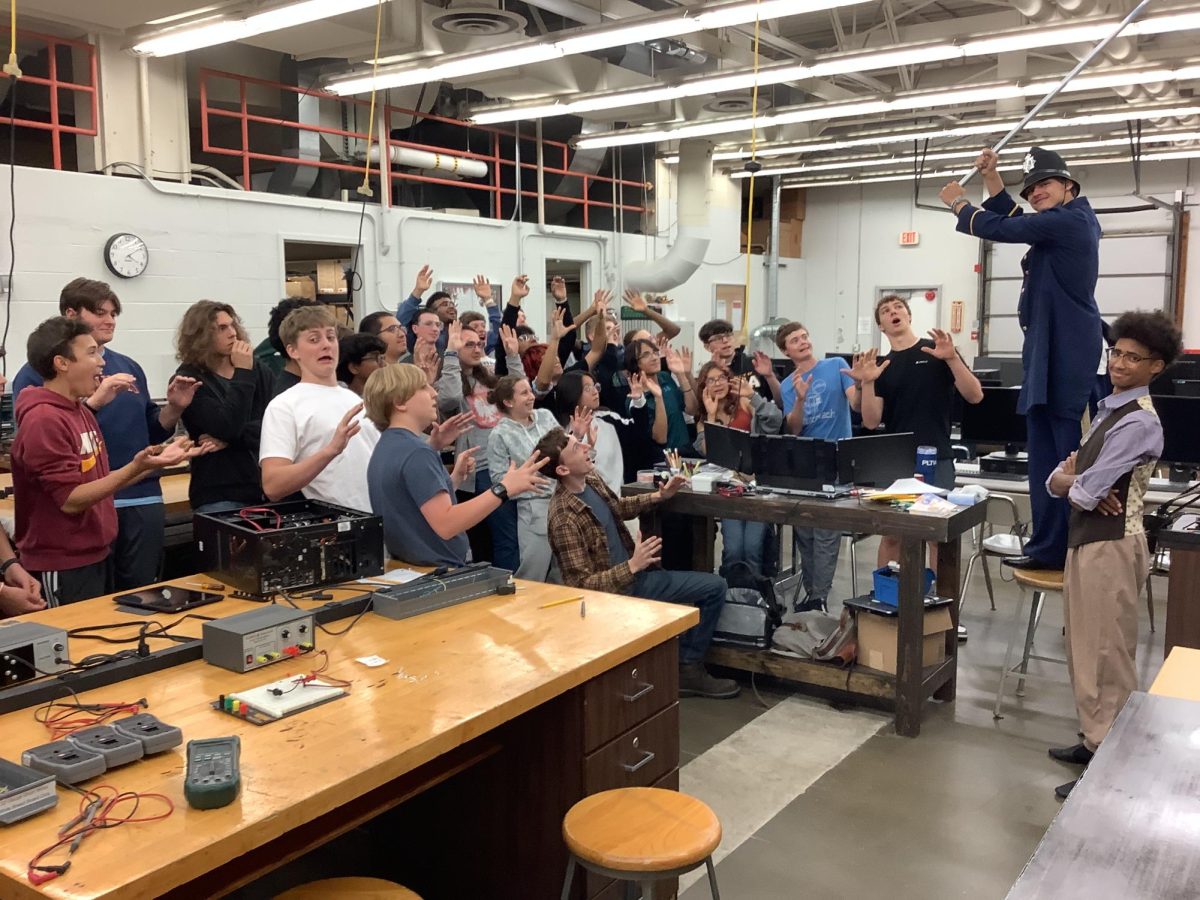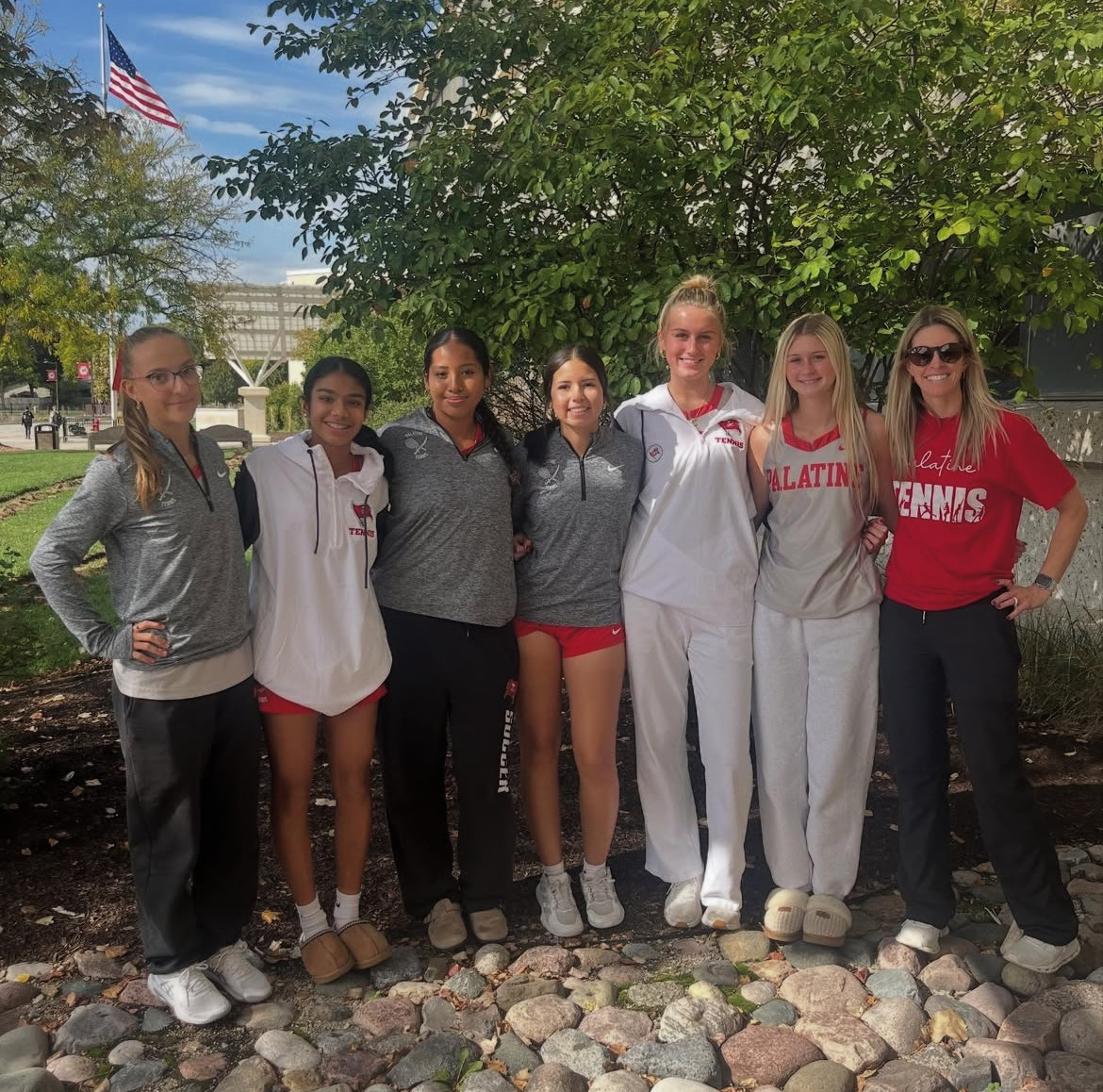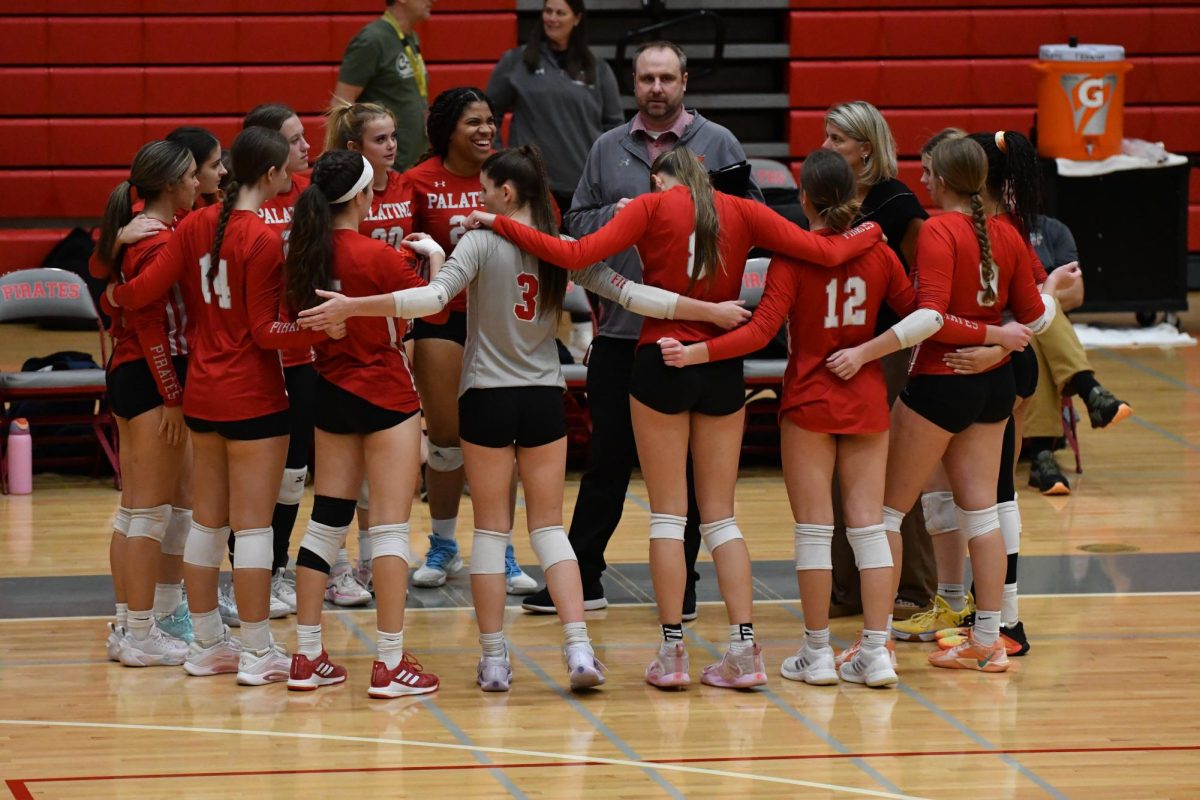Why do we have two different days that celebrate the struggles and achievements of workers? Why is it that one is officially recognized and the other is not?
Before answering these questions, we need to understand the origin of the two events.
Labor Day, usually celebrated on the first Monday in September, is a federal holiday in the U.S. that honors the achievements of workers and marks the unofficial end of summer. It originated from the injustices faced by workers in the late 1800s during the Industrial Revolution, when workers labored 12 hours a day, seven days a week, just to make ends meet.
On Sept. 5, 1882, workers in New York took unpaid time off to hold a parade that brought to light the unsafe working conditions and low wages. This marked the first unofficial Labor Day Parade, which would become a national holiday, 12 years later, in 1894.
In contrast, The Haymarket Riot took place on May 4, when a labor protest led to the deaths of several Chicago police officers and four protesters. This historical event, which gained global attention, is a key reason why May Day is celebrated worldwide.
Labor Day in the U.S. is honored through picnics, parades, barbecues, and other public gatherings usually to mark the unofficial end of summer.
On the other hand, May Day, or International Workers Day, is celebrated on May 1 and marks the start of spring, highlighting the progress and growth made by workers through rallies and speeches.
Countries like Bolivia add a twist by also honoring their earth goddess, seeing it as a way to appreciate the environment and respect worker’s rights.
However, May Day became less popular in the U.S. due to political issues.
“May Day was related to more European connections to socialism and communism,” AP Government teacher Emily Hamman said. “Labor Day was less necessarily about a communist revolution…. but just more so in support of or celebrating workers and labor unions.”
Many Americans back in the 1800s viewed socialism and communism as an idea that went against their values of free markets and individual freedom.
Understanding the difference between these two events helps us appreciate why these are celebrated and the historical significance of the struggles workers faced all around the world.

















